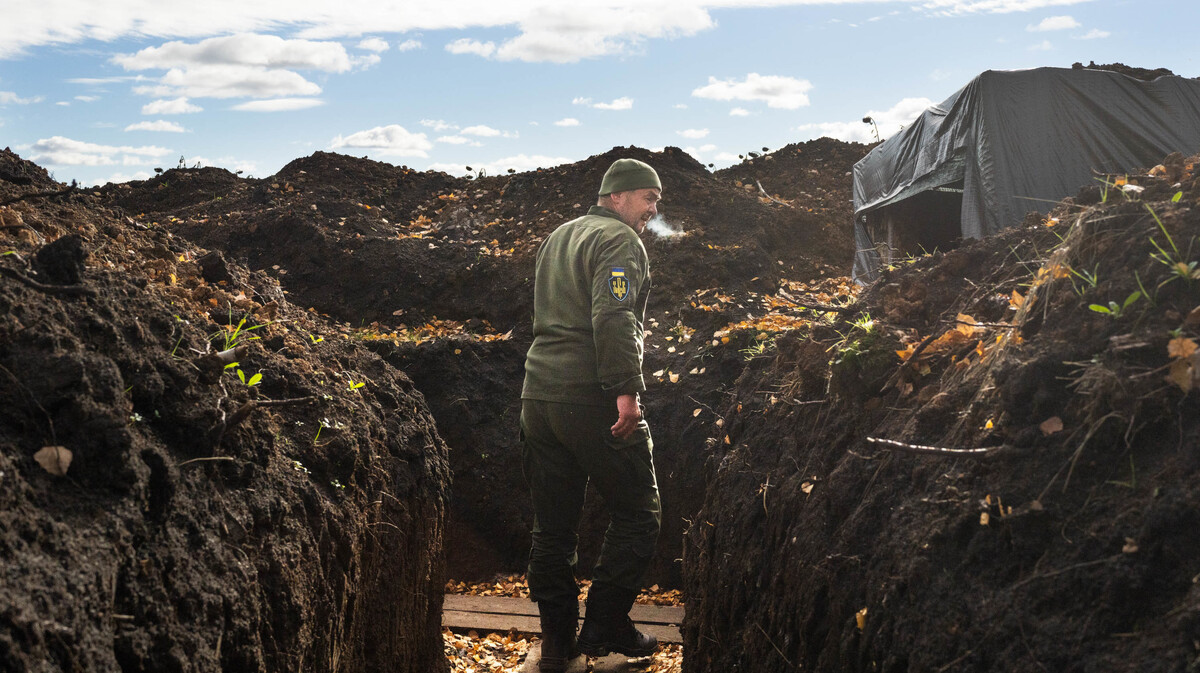
A soldier in Kharkiv region walks through a trench, his breath showing in the cold air. Claire Harbage/NPR hide caption

A soldier in Kharkiv region walks through a trench, his breath showing in the cold air.
Claire Harbage/NPRRussian attacks have repeatedly targeted Ukrainian energy and heating infrastructure, threatening to leave millions vulnerable to the approaching bitter cold of winter.
Winter will also force both sides to change their tactics on the war's frontlines. NPR's Nathan Rott reports on what leafless trees and frozen fields mean for the battlefield.
Email us at
This episode was produced by Connor Donevan and Samantha Balaban. It was edited by William Troop, Nishant Dahiya and Peter Granitz. Our executive producer is Sami Yenigun.

 Live Radio
Live Radio